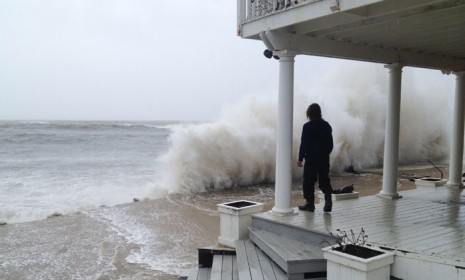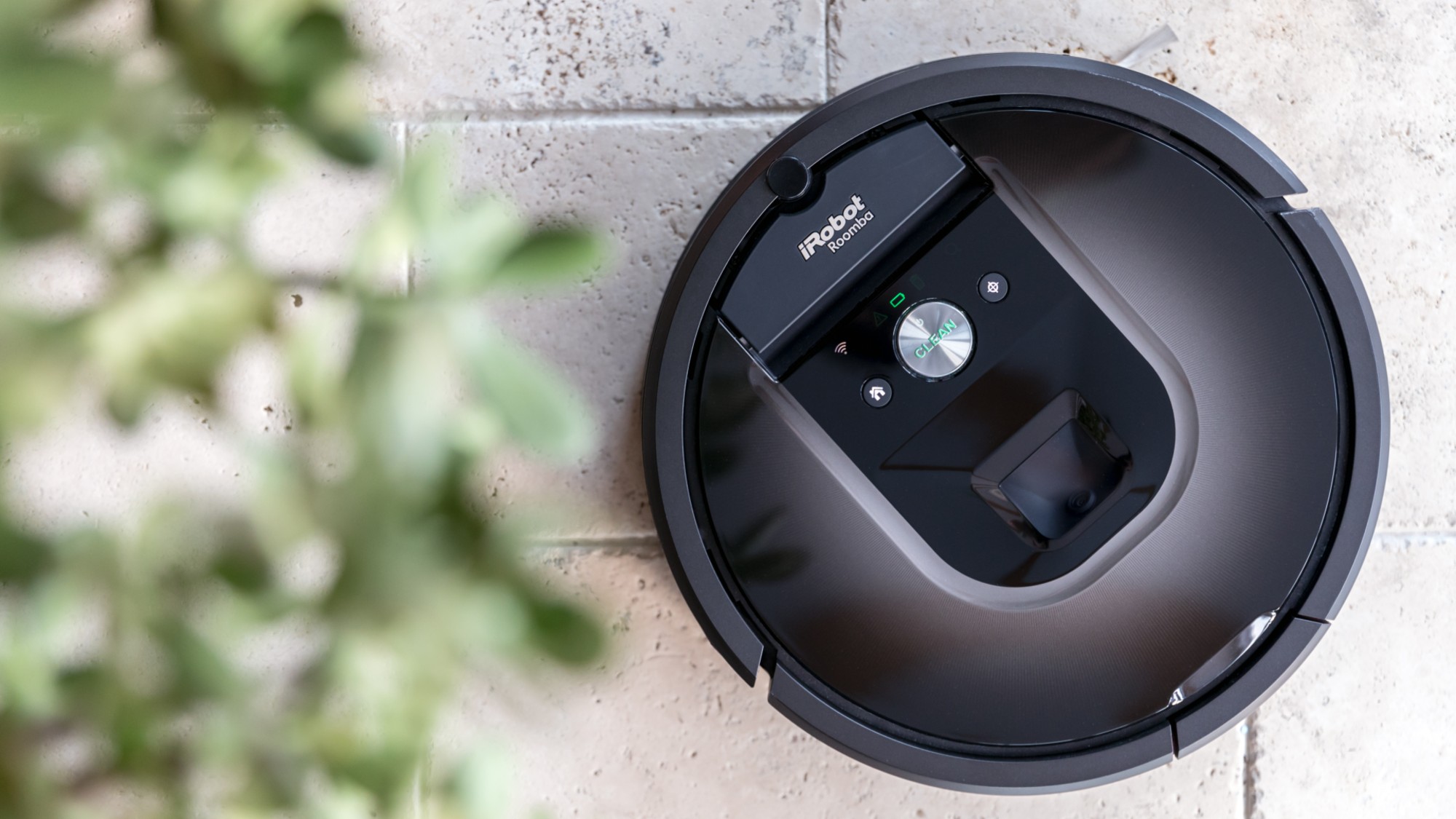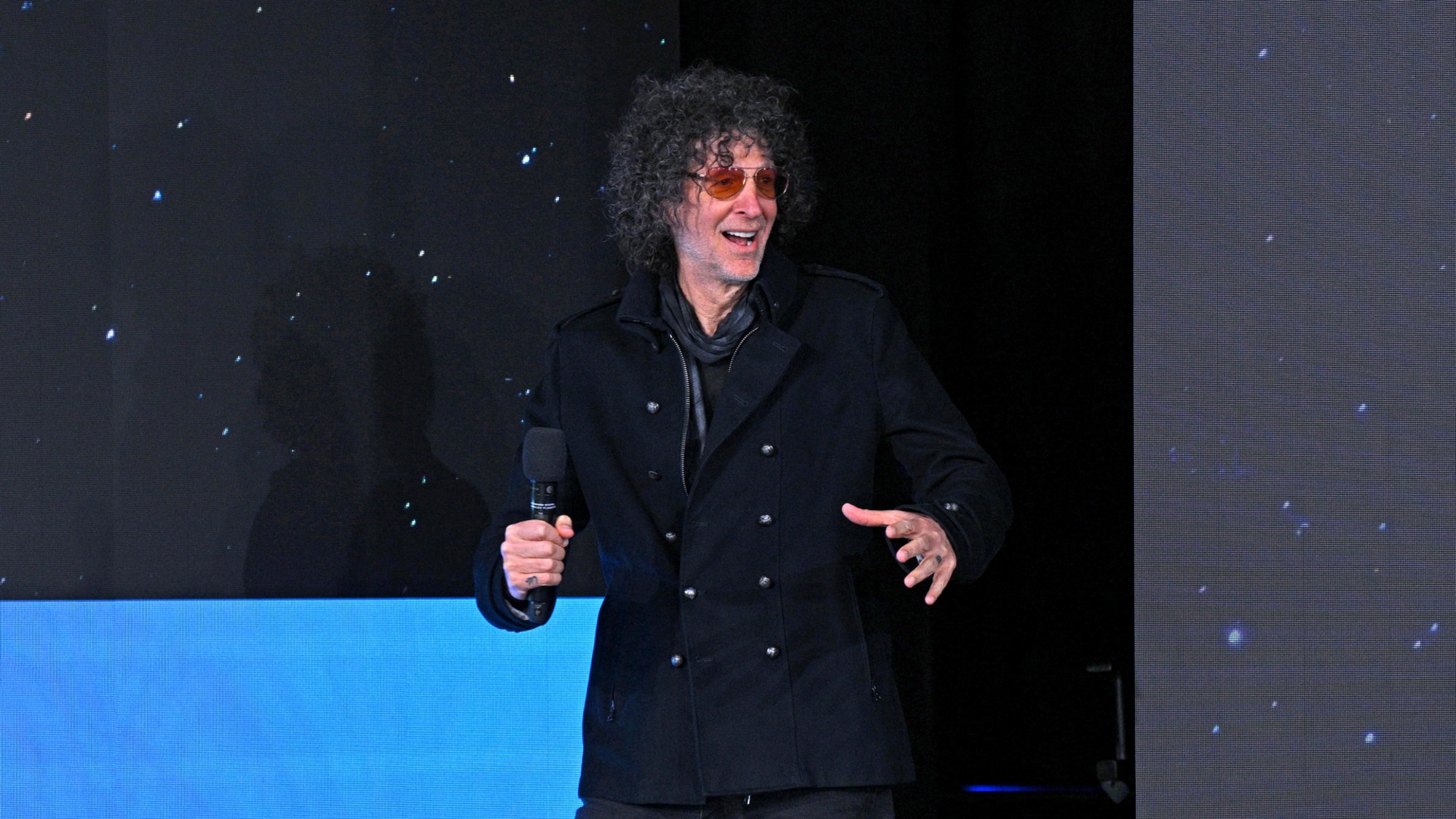Hurricane Sandy: Is climate change to blame?
Sandy is the second big storm to rip through the East Coast in two years, but scientists say we can't call it a trend, nor can we blame it solely on global warming

"New York isn't known for its hurricanes," says Will Oremus at Slate. "At least, it never has been before." But after Hurricane Sandy collided into a cold front coming down from Canada to create a hybrid superstorm that ravaged large swaths of New York City and New Jersey — just a year after Hurricane Irene made its own unwelcome mark on the region — lots of people are wondering if the Big Apple is becoming a featured stop in hurricane alley, and why? Climate scientists aren't very encouraging on the question for residents up the East Coast. Is global warming responsible for Sandy's massive destruction, and is the Northeast doomed, as New York Gov. Andrew Cuomo (D) quipped, to "have a 100-year flood every two years now"?
Did climate change cause Hurricane Sandy?
The short answer is no, not exactly, but it was largely responsible for making it one of the most destructive storms in U.S. history. "Many variables go into creating a big storm," and hurricanes are no exception, but it has become very clear that "climate change amps up other basic factors that contribute to big storms" like Sandy, says Mark Fischetti at Scientific American.
The Week
Escape your echo chamber. Get the facts behind the news, plus analysis from multiple perspectives.

Sign up for The Week's Free Newsletters
From our morning news briefing to a weekly Good News Newsletter, get the best of The Week delivered directly to your inbox.
From our morning news briefing to a weekly Good News Newsletter, get the best of The Week delivered directly to your inbox.
How did warming make the storm worse?
First, climate change is making the oceans warmer — September saw the second-highest average global sea temperatures on record — and "warm oceans are jet fuel for hurricanes," says Chris Mooney at Britain's The Guardian. Second, "there's no doubt that global warming has raised the sea level," which means that Sandy and every future hurricane "surfs atop a higher ocean and can penetrate further inland." And finally, "scientists agree that global warming has added more moisture to the atmosphere," which means more rain and more flooding when hurricanes hit. "I have no equivocation in saying that all heavy rainfall events, including [Sandy], have an element of climate change in them, and the level of that contribution will increase in the future," says meteorologist Greg Holland at the National Center for Atmospheric Research.
What are the caveats?
At a basic level, "hurricane formation is not completely understood" by scientists, says Albert Sabaté at ABC News. Also, it's not at all clear that one of Sandy's distinctive features, its monstrous size, is attributable to climate change," says Mooney at The Guardian. Nor is it clear how much global warming contributes to hybrid storms like Sandy — they happen around the world with some frequency, but "nobody has bothered to compile a comprehensive climatology of hybrid storms," says MIT hurricane expert Kerry Emanuel. "Caveats notwithstanding," says Mooney, "when people worry about climate change in relation to Sandy — and wonder why their presidential candidates aren't bringing the matter up — it's hard to say they're misguided in doing so."
A free daily email with the biggest news stories of the day – and the best features from TheWeek.com
If Sandy is a product of climate change, what can we do?
"We can — and should — hope for global action to reduce greenhouse gas emissions" to slow or stop global warming, says Matthew Yglesias at Slate. But it's "extraordinarily unlikely" that change will come fast enough to keep densely populated areas like New York safe. At this point, "the best place to look for guidance is probably the city's former colonial overlords in the Netherlands," experts in keeping the waters at bay with dikes and dams. "The idea of essentially damning up New York Harbor sounds extreme," but if the state put an open sluice across key parts of the harbor, like the Verazano Narrows, "they would defend Lower Manhattan, the badly flooded Red Hook part of Brooklyn, Long Island City, LaGuardia Airport, and a big swath of New Jersey."
Is New York doomed to big yearly hurricanes?
Probably not, but climate change models can't really predict that, says Slate's Oremus. "Every hurricane is a fluke, to some degree," Columbia Univesisty atmospheric scientist Adam Sobel tells Slate. Every one is formed and controlled by local weather conditions and other factors — the full moon made tides higher and increased Sandy's flooding, for example — and so no two are ever the same. Plus, "hurricanes are still rare events," and "to see trends, you need to have enough of them to compute averages in a way that isn't going to change with the next storm." But with ocean levels risings and waters warming, the next hurricane to hit the Big Apple is likely to be a doozy, too.
Sources: ABC News, The Guardian, Scientific American, Slate (2)
Read more of The Week's Hurricane Sandy coverage.
-
 The most memorable podcasts of 2025
The most memorable podcasts of 2025The Week Recommends A round-up of the year's top podcasts that kept listeners tuned in
-
 What is Roomba’s legacy after bankruptcy?
What is Roomba’s legacy after bankruptcy?In the Spotlight Tariffs and cheaper rivals have displaced the innovative robot company
-
 SiriusXM hopes a new Howard Stern deal can turn its fortunes around
SiriusXM hopes a new Howard Stern deal can turn its fortunes aroundThe Explainer The company has been steadily losing subscribers